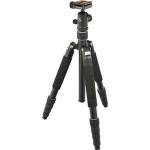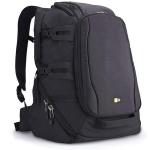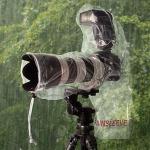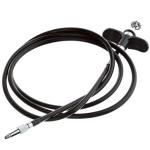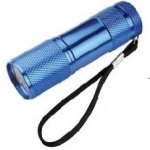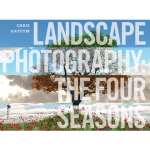Beautiful vistas don't have to be difficult to capture panoramically. Read our simple step-by-step guide.
Organising a photo walk? 10 things to consider
The Photocritic Holiday Gift Guide: presents for landscape photographers
It's Day Five of the Photocritic Holiday Gift Guide. This means landscapes. We have suggestions for budding landscape photographers and a few treats for more hardened souls.
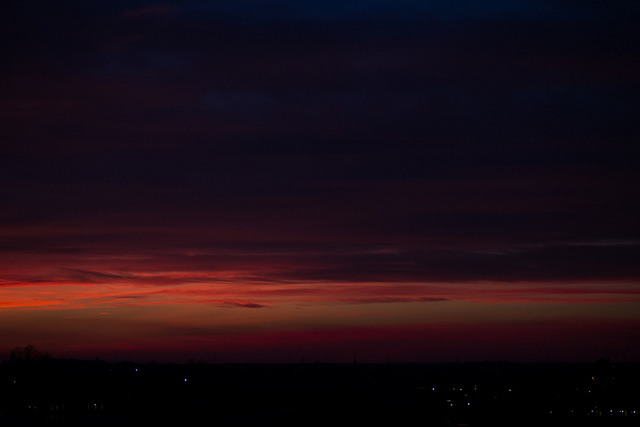
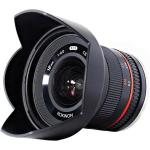
Wide-angle lens
Landscape photography and wide-angle lenses go together like strawberries and cream. While I've taken great pleasure using a Sigma 17-35mm ƒ/2.8-4.0, it's now out of production. However, the Tamron 10-24mm ƒ/3.5-4.5 is regarded as a great value-for money option that comes in a range of mounts. You can of course spend a whole lot more, or choose a prime instead of a zoom lens, but that's a good starting point.
Tamron 10-24mm ƒ/3.5-4.5 for Canon | Nikon | Pentax | Sony
Photographers with mirror-less cameras might want to consider the Samyang/Rokinon 12mm ƒ/2.0, which is cracking value for money and is available for plenty of different cameras.
Samyang/Rokinon 12mm ƒ/2.0 for Canon M | Fujifilm X | Micro 4/3 | Samsung NX | Sony E
Tripod
Tripods suitable for landscape photography are awkwardly demanding. They need to be portable: doubtless you will be schlepping it and yourself up hill and down dale in search of shots. But simultaneously, they need to be sturdy and able to withstand wind, maybe rain, and uneven terrain.
We've picked out the Giottos Vitruvian at $200 for its height, weight, and strength. For something a little cheaper there's the Slik Pro 700DX.
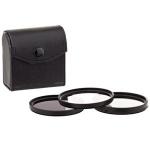
Filters
Securing vivid colours and correctly exposed landscape photos often relies on the judicious application of a filter across a lens: maybe a neutral density filter, perhaps a polarising filter. Filters need to be the right size for the lens and they come in various grades, for example you can choose between one and 12 stops—with everything in between—for a neutral density filter.
A filter kit containing a UV, polarising, and neutral density filter is a good place to start. We've picked out two, at different price points, which should fit on the Tamron lens we've suggested. But do double-check!
There's the Vivitar kit at just over $16 and the $48 Pro-Optic kit.
If you like trying things that are brand new and shiny, take a look at the filters just released by VU and Mefoto.
Camera bag
You need a bag that's easy to schelp about all day. It needs to be weatherproof. You should be able to attach a tripod with the minimum of fuss. And of course your kit should fit snugly. We think that the CaseLogic DSB-103 (can't they think of memorable names?) is great value at a little under $70. It's a backpack; it has a detachable waterproof cover; tripod storage shouldn't interfere with bag access; and it'll fit a camera and four lenses.
Waterproof cover
It's all very well your camera bag being waterproof and you looking fit to go to sea in a Force 5 gale, but if your camera isn't protected from the elements, then your landscape photography expedition will be a fruitless endeavour. Or possibly a very expensive one if your camera suffers from water damage. Pick up a rainhood. They don't cost $10 and they'll let you take photos in the most inclement of conditions.
Remote shutter release
You have erected your tripod and ensured that it's stable on uneven terrain. You have composed your shot with a perfectly positioned horizon and delectably enticing leading lines. You have carefully calculated your exposure to capture the light and the intensity of the colours. And then you go an ruin it all by depressing the shutter button and introducing a fraction of camera-shake into the shot.
Use a remote release. Please.
You can pick up a Triggertrap mobile kit from £22. That affords a vast array of possibilities for camera-triggering. A basic remote release is about $10.
Torch
There are so many smaller accessories that I could have included in this list which make the life of a landscape photographer easier and more pleasant, the article would have run to the length of a post-graduate degree-level essay. I've opted for a torch, however.
(Okay, seeing as you asked, the leading contenders for this entry included a pocket knife, gaffer tape, and a bubble level.)
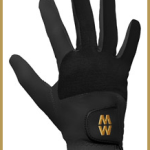
Weather-appropriate clothing
I loathe cold feet. They make me incontrovertibly miserable. They can also be a curse of landscape photography. Buy your landscape photographer loved one some warm, waterproof socks and you will win yourself many favours. Head to your nearest outdoor shop to see what they've got on offer.
A good pair of gloves goes a long way, too. I love MacWet gloves: warm, waterproof, but they don't compromise on grip.
You might also want to consider hats, scarves, jackets, and trousers. Even boots. Or for the warmer months: sunscreen and insect repellant.
Book
For inspiration, look no further than Ansel Adams. But to improve your technique, I rather like Chris Gatcum's Landscape Photography: the Four Seasons.
Kendal Mint Cake
For those moments when an energy boost is required.
Gifts for high-speed photographers < < Holiday Shopping with Photocritic > > Gifts for photographers, big and small
Found: 5 Landscape Photography Tips
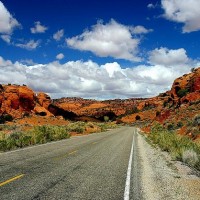
Ah, landscape photography, why do you taunt us so? There’s something beautiful about capturing the world around you, but it’s bloody frustrating.
After all, you can see all the beauty around you, but why won’t your bloody camera capture it all?
There’s a lot to think about when doing landscapes. What lens should you use? How do you make it all come together? Is my horizon straight? Why won’t that cursed tree stop swaying in the wind?
Beyond Megapixels has five great tips on how to make your landscapes come to life, along with some dishy examples of gorgeous landscapes. G’won, give it a shot.








